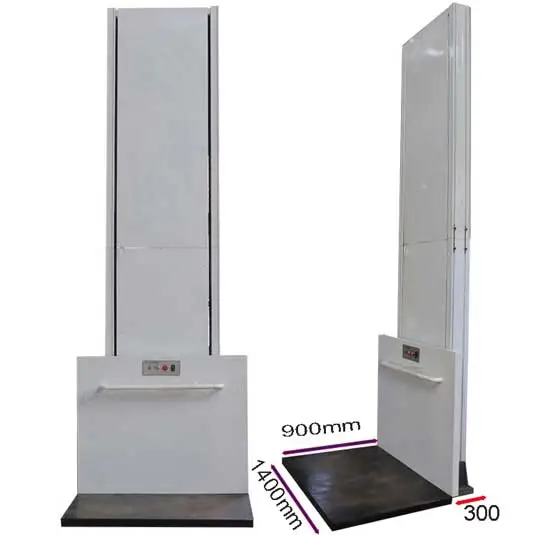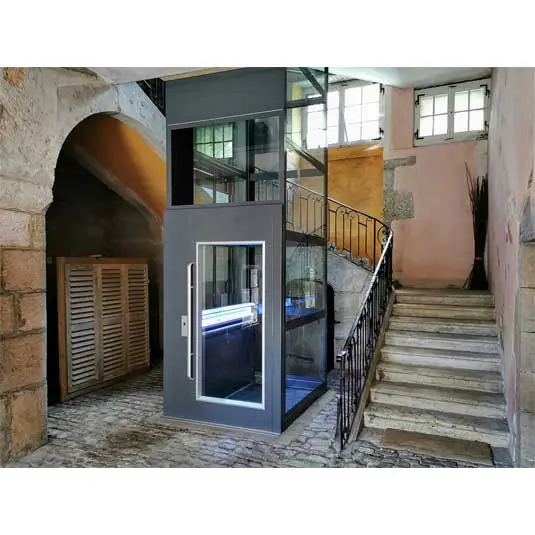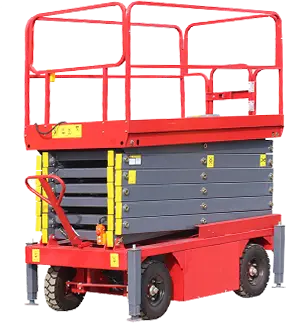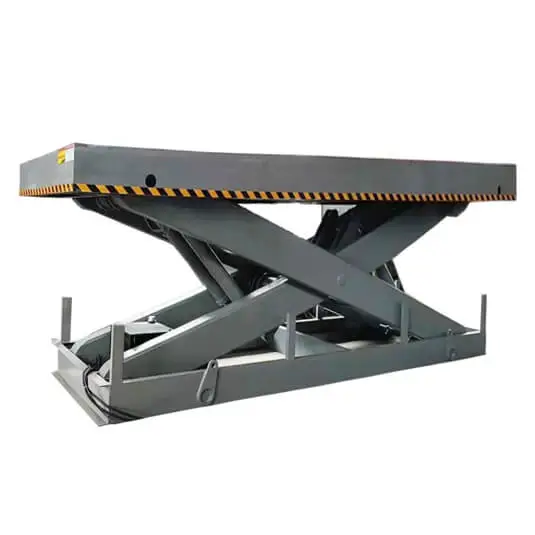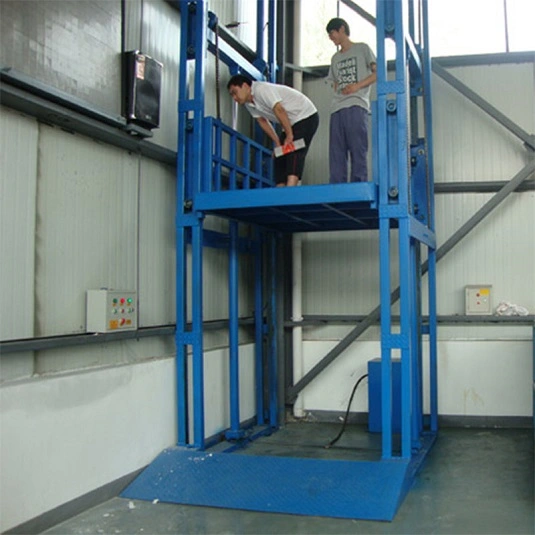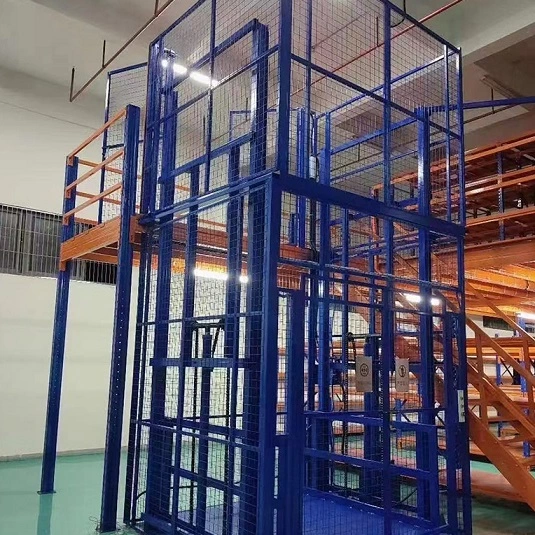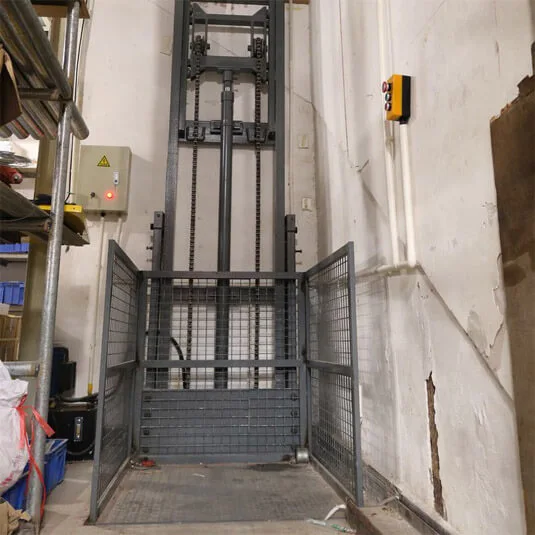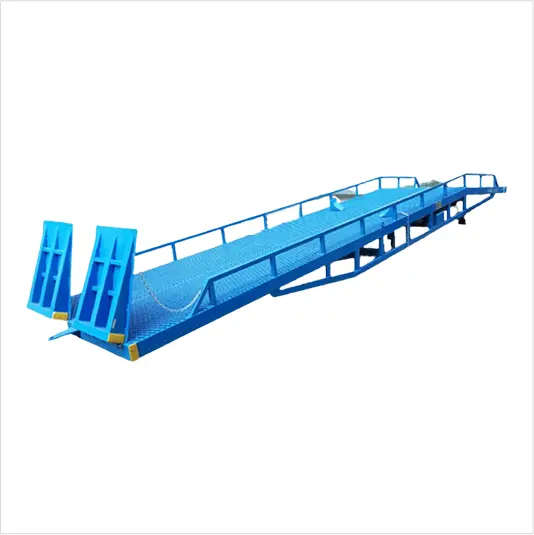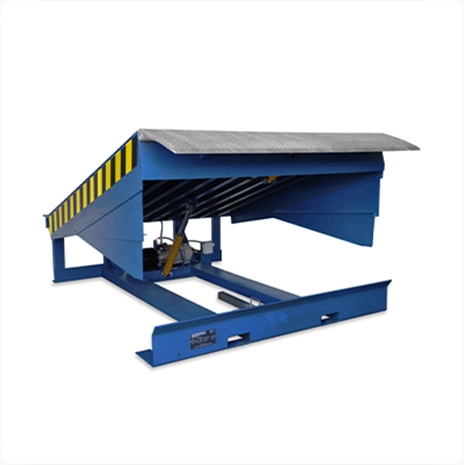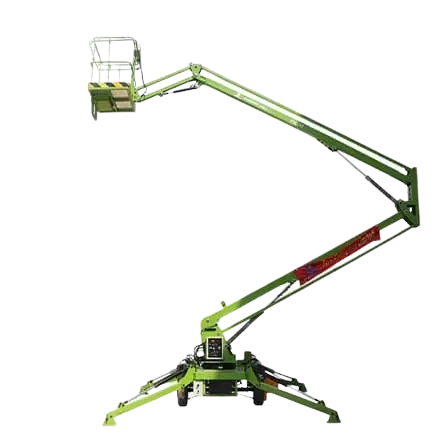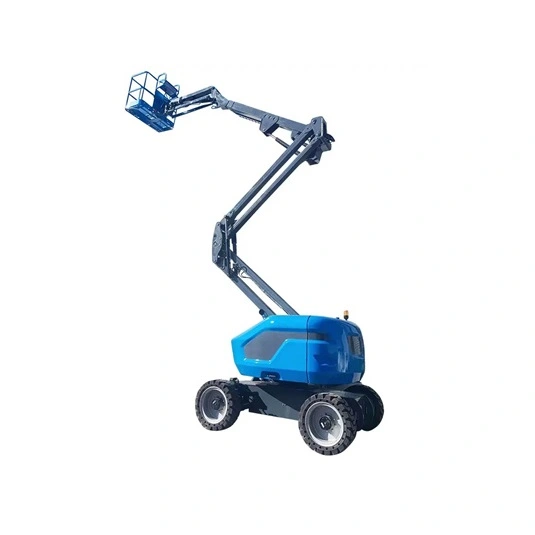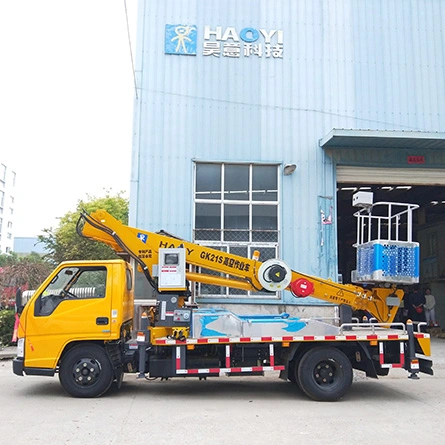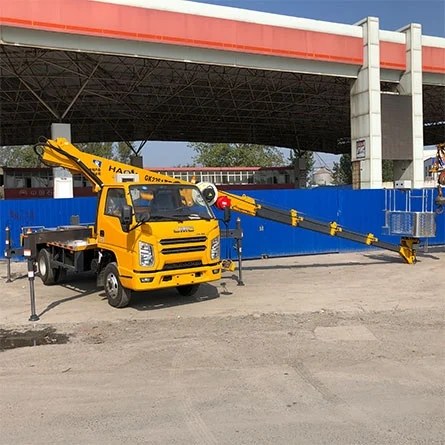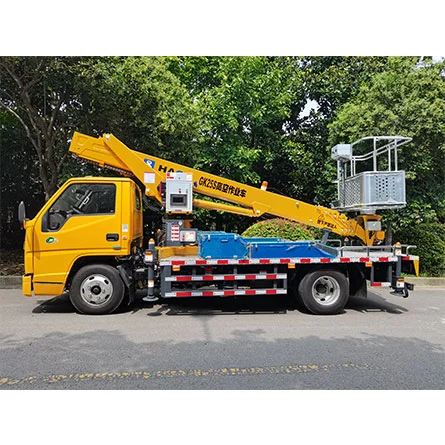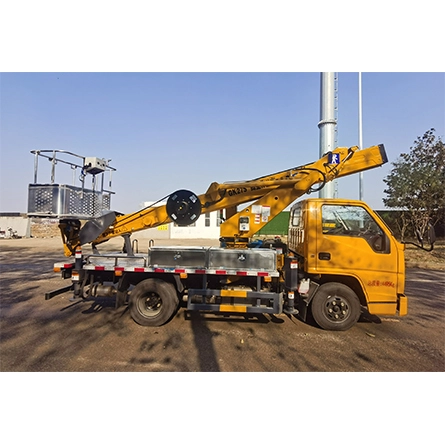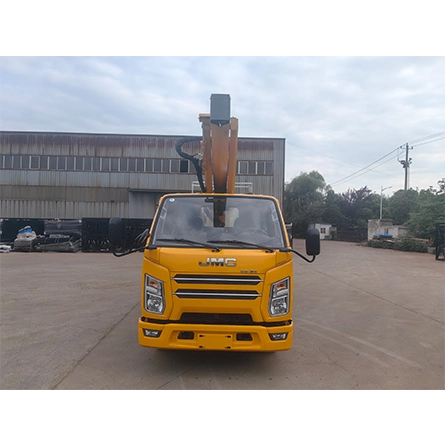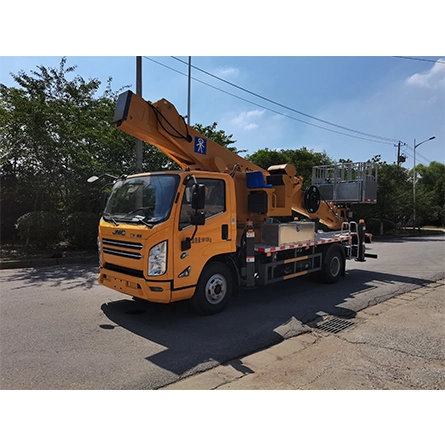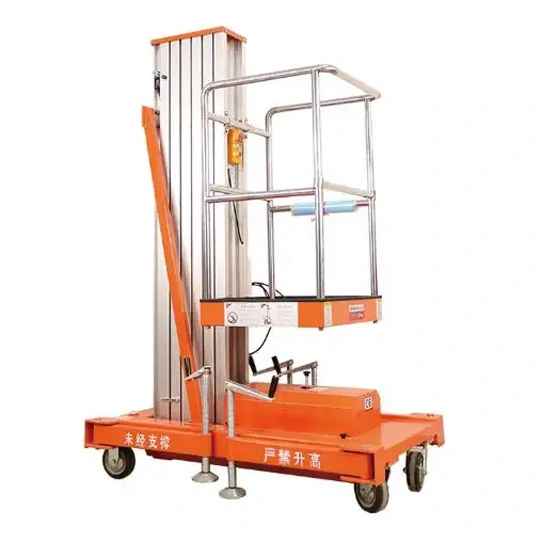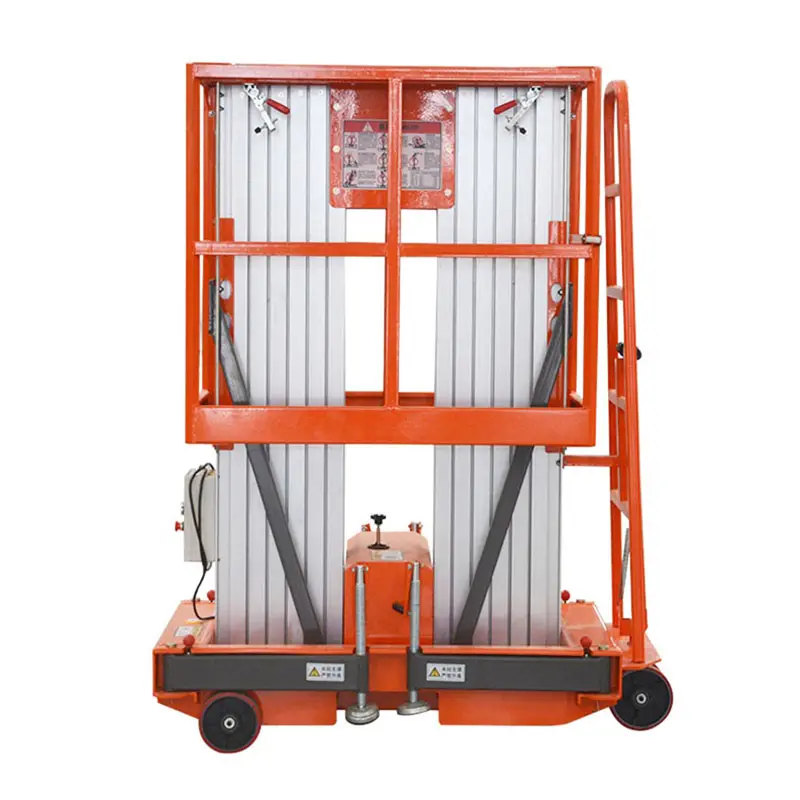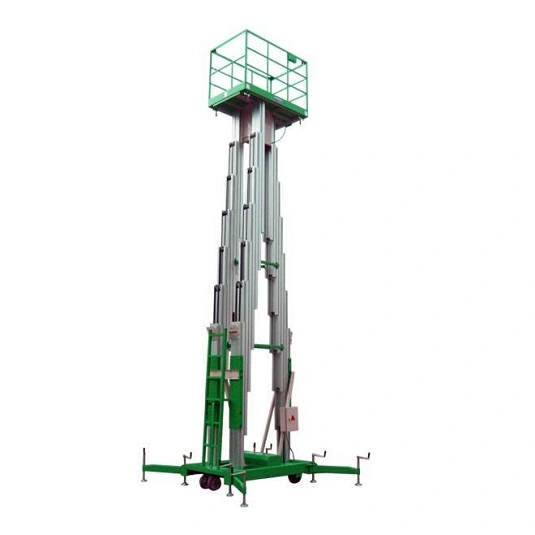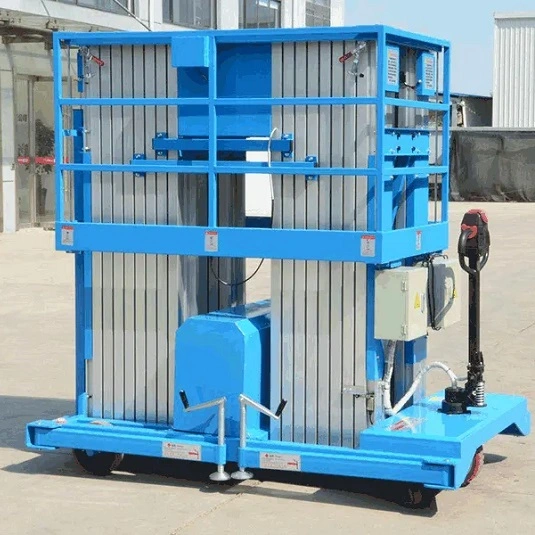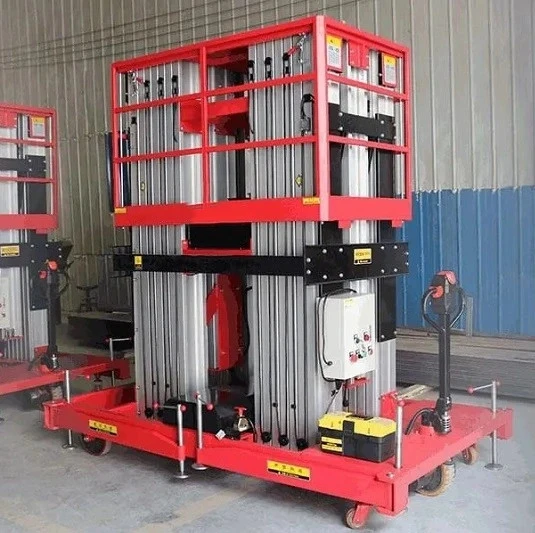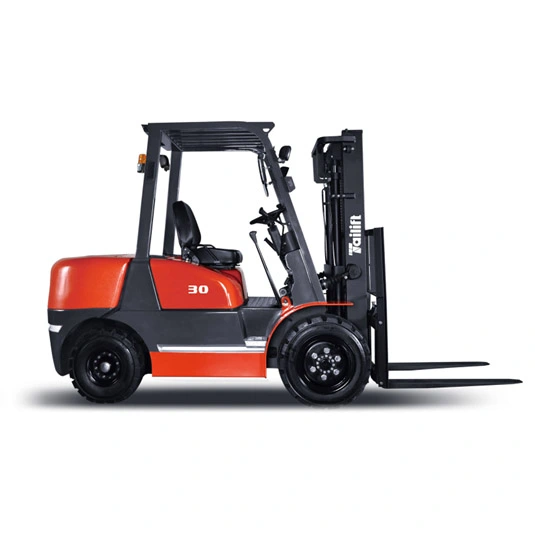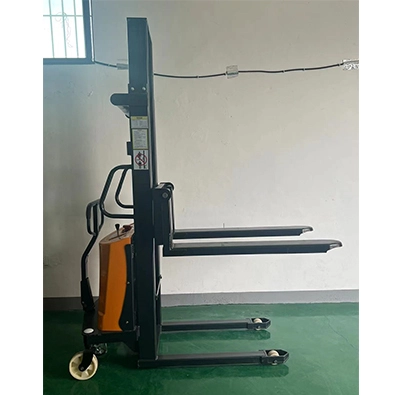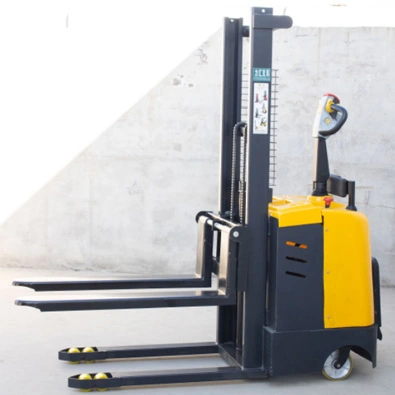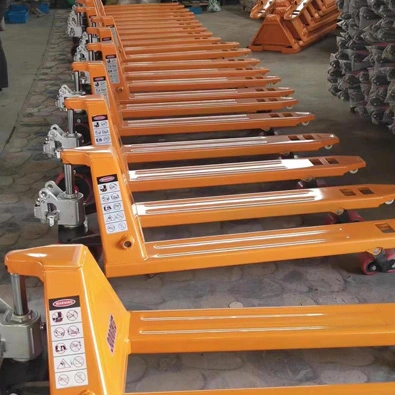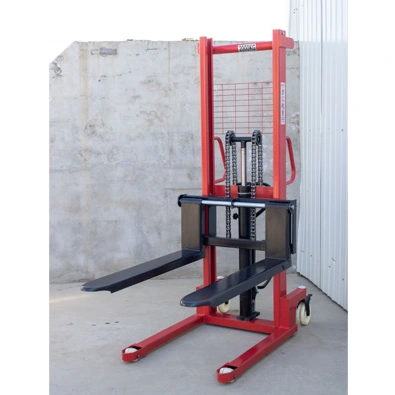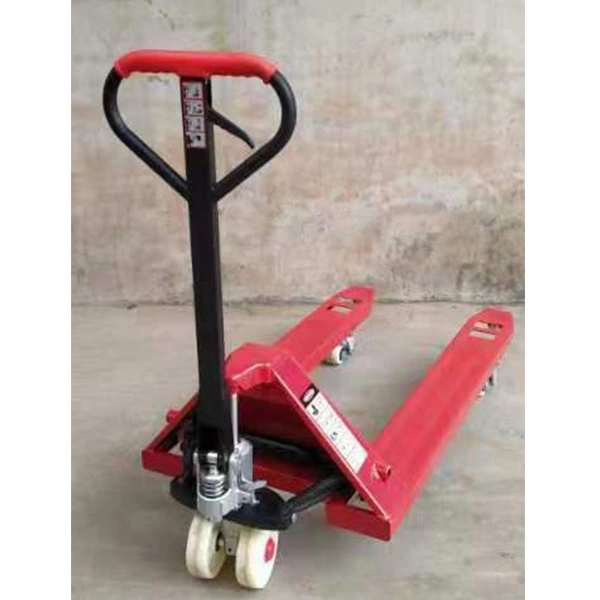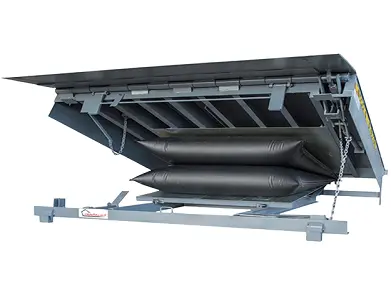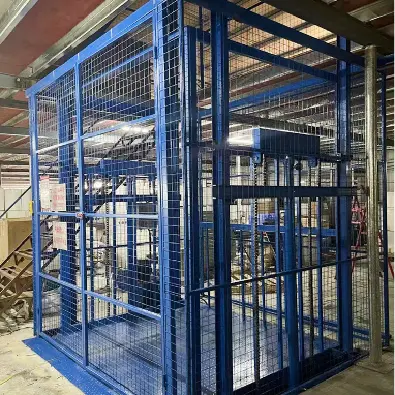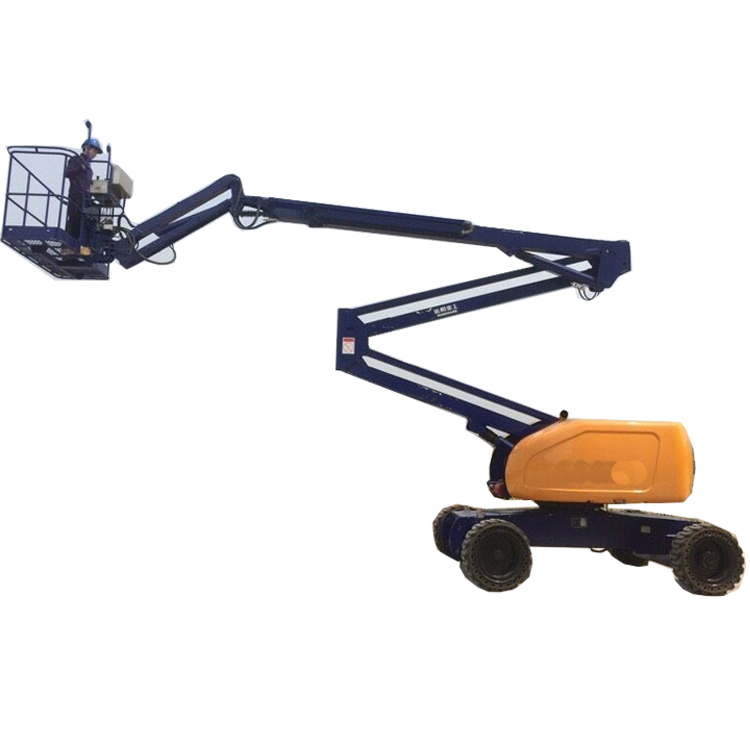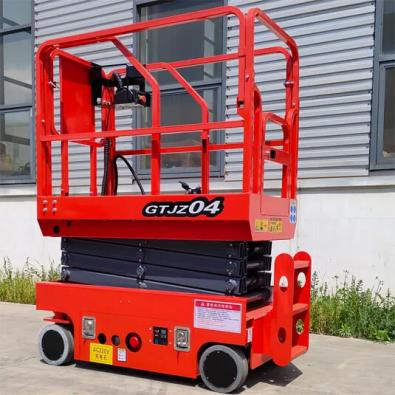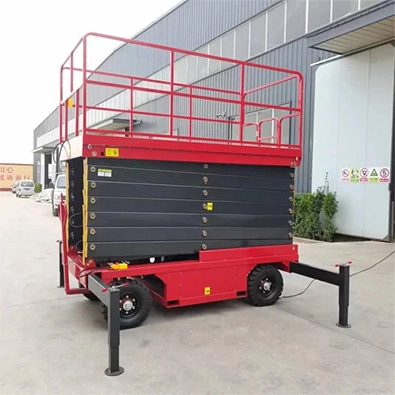Freight lifts (or cargo lifts) are essential for vertical transportation in commercial, industrial, and even residential settings. However, their cost structure is multifaceted, influenced by factors ranging from initial purchase expenses to long-term operational and maintenance costs. This article provides a detailed breakdown tailored for cargo freight lift dealers, businesses, and homeowners seeking clarity on budgeting and decision-making.
1. Initial Purchase Costs
The upfront cost of a freight lift varies significantly based on specifications:
Lift Type: Hydraulic lifts are generally more affordable (starting at 15,000–15,000–30,000) but suitable for low to medium usage. Traction lifts, ideal for heavy-duty applications, range from 30,000 to 100,000+ depending on capacity and speed.
Load Capacity: Residential lifts (500–1,000 lbs) cost 10,000–10,000–20,000, while industrial models (5,000–20,000 lbs) can exceed $150,000.
Customization: Features like fire-rated doors, climate control, or specialized safety systems add 10%–30% to the base price.
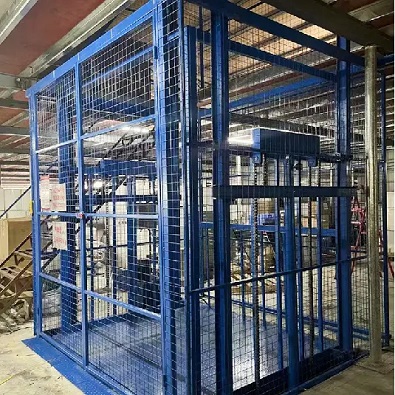
2. Hidden Costs in Transportation and Installation
Freight lift quotes often exclude critical expenses:
Logistics: Oversized equipment may require route permits, specialized vehicles, or road modifications, adding 2,000–2,000–10,000 to transportation fees.
Installation Complexity: Sites with limited access or structural reinforcements (e.g., reinforcing shafts) incur labor and material costs of 5,000–5,000–15,000
Regulatory Compliance: Permits, inspections, and adherence to local safety standards (e.g., ASME/ANSI codes) may cost 3,000–3,000–8,000.
3. Operational and Maintenance Expenses
Long-term costs are crucial for total ownership calculations:
Energy Consumption: Hydraulic lifts consume 3–5 kW per hour, costing ~$1,500 annually; regenerative drives in traction lifts reduce energy use by 30%–50%.
Preventive Maintenance: Annual contracts range from 1,500–1,500–5,000, covering lubrication, alignment checks, and component replacements .
Repairs: Critical part failures (e.g., motor or control system issues) can cost 2,000–2,000–20,000, depending on lift complexity.
4. Cost-Saving Strategies
To optimize budgets:
Lifecycle Cost Analysis: Prioritize energy-efficient models and durable materials, even if initial costs are higher. For example, a 50,000liftwith2050,000liftwith2010,000+ over a decade.
Bulk Purchasing: Dealers and businesses procuring multiple units often negotiate 10%–15% discounts.
Preventive Maintenance Plans: Regular servicing reduces breakdown risks by 60%, minimizing unplanned expenses.
5. Regional and Market Considerations
Costs fluctuate based on location and supplier:
Geographic Variations: Labor rates in urban areas (e.g., New York vs. rural Texas) differ by 20%–40%.
Supplier Reputation: Established brands (e.g., Otis, KONE) charge premiums (15%–25% higher) but offer extended warranties and reliability.
Conclusion
A freight lift’s total cost hinges on balancing initial investments with operational efficiency and risk mitigation. For dealers, transparently educating clients about hidden expenses fosters trust. Businesses and homeowners should prioritize lifecycle value over short-term savings. By leveraging data-driven strategies and partnering with reputable suppliers, stakeholders can optimize both functionality and financial outcomes.

